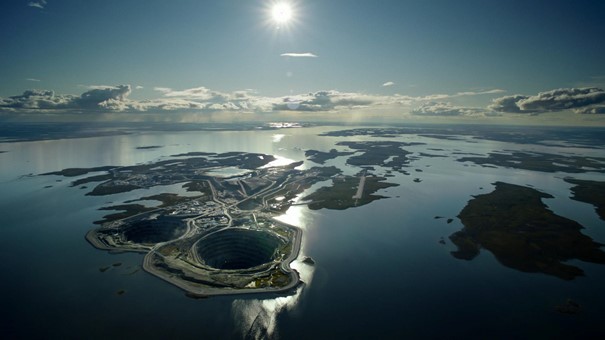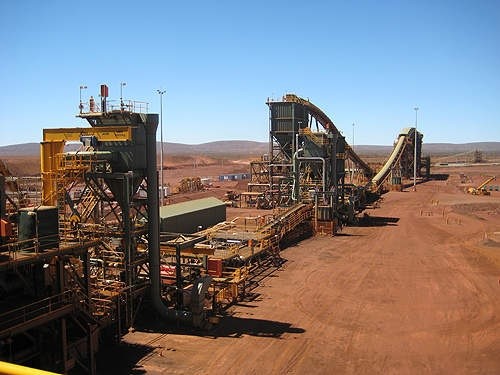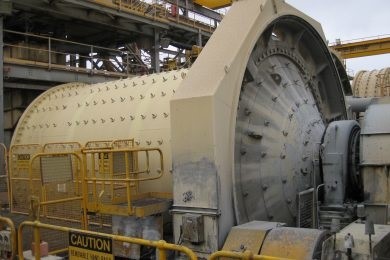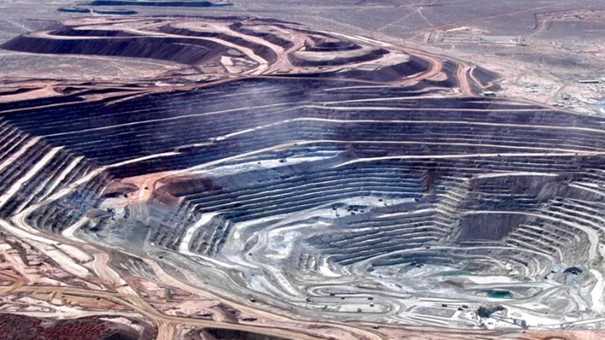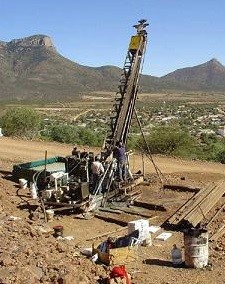Rare Earth
Rare earth elements are used in many alternative energy, lifestyle, and defense applications. Alternative energy systems such as wind power generation, fuel cells, hydrogen storage, rechargeable batteries, and the permanent magnets used in electric and hybrid-electric vehicles all rely on rare earths. REEs are used as phosphors in many consumer displays and lighting systems, and are used in fluid cracking catalysts and catalytic converters in the oil and automotive industries. REEs are also vital for many defense technologies, including precision guided munitions, targeting lasers, communications systems, airframes and aerospace engines, radar systems, optical equipment, sonar, and electronic countermeasures.The supply of rare earths is dominated by China, which provides 92-97% of the world’s production.
However, China only has 48% of the world’s known reserves of rare earths, according to the USGS. Due to growing internal demand, industry consolidation and stricter internal environmental regulations, China has imposed export quotas on rare earths. This creates two separate rare earth markets, one internal Chinese market and one for the Rest of the World (ROW). The Chinese export quota amount therefore defines the majority of REE supply for the ROW, and therefore its pricing.
 Industry experts are trying to forecast the REE supply and demand figures, but this is not easy, as each rare earth element has different end uses and applications, and is produced in different quantities. This means that certain heavy rare earths, including Neodymium, Europium, Terbium, Dysprosium, and Erbium are indeed rare and will always be at risk of a supply deficit, while more abundant rare earths such as Lanthanum and Cerium, which are also produced as a byproduct of iron ore, will mostly be in surplus.
Industry experts are trying to forecast the REE supply and demand figures, but this is not easy, as each rare earth element has different end uses and applications, and is produced in different quantities. This means that certain heavy rare earths, including Neodymium, Europium, Terbium, Dysprosium, and Erbium are indeed rare and will always be at risk of a supply deficit, while more abundant rare earths such as Lanthanum and Cerium, which are also produced as a byproduct of iron ore, will mostly be in surplus.
Western LREE production isn't on schedule and progressing as planned, especially since Molycorp has gone bankrupt in 2015 and nothing has happened since, besides the Lynas plant in Malaysia. Many countries have deemed rare earths as "critical minerals" since the 2009 Chinese restrictions, but outside stockpiling by governments for defense uses they haven't invested any meaningful amounts in rare earth mining projects, refineries or other integrated solutions.
Therefore, the dominance of China in the sector is overwhelming, which is of course part of their long term masterplan. This dependence is further reinforced by the current lack of rare earth production infrastructure and processing knowledge in the rest of the world. Also, because each rare earth deposit is unique and contains the various REEs in different proportions, individual elements are produced in different quantities. Besides this, end users require tailor-made rare earth oxides and other related products, therefore limiting flexibility for producers to stockpile or sell to random off takers.


